How to breed Dragons on the blockchain
Now that you know how Dragonereum calculates the dragons’ skills, let’s explore the specifics of how these skills are inherited.
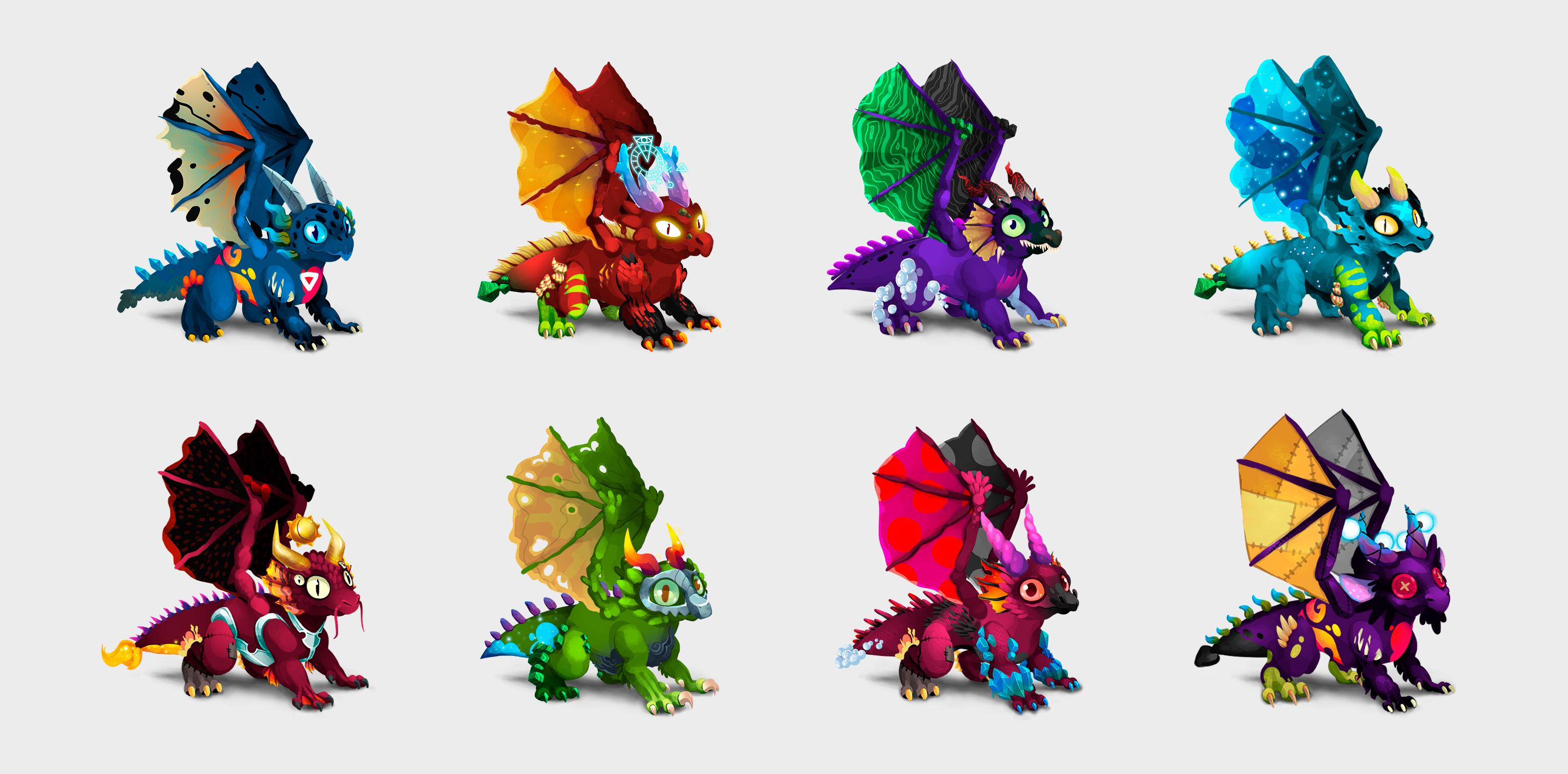
How Dragonereum blockchain dragons breed
Every time a dragon is victorious, it wins experience points (XP). When XP levels reach a defined threshold, your dragon levels up automatically and wins Action Points (AP).
AP can be used to upgrade a dragon’s body parts or for breeding.
Any two dragons can breed. Dragonereum dragons are agamous, meaning dragons are free to breed with any other dragon.
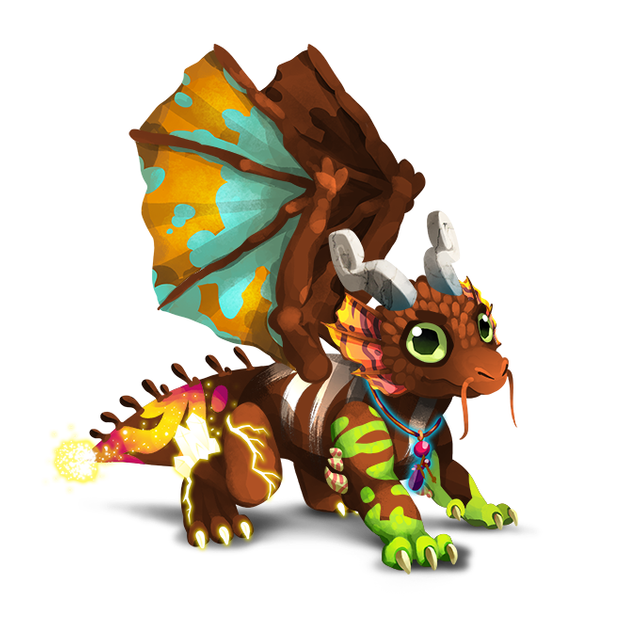
When a user decides to breed a dragon, there are three options:
- Place a dragon on the breeding marketplace and become a genome supplier in exchange for compensation from another user.
- Find a dragon on a marketplace that’s ready to breed and pay its owner to breed with your dragon.
- Breed your dragon with one of your own dragons. Here you pay only the mining fee.
As discussed in the previous post, every gene is made up of: a dragon type, gene variation, gene level and whether it is dominant or recessive…
Dominant and recessive genes in a blockchain genetics game
Similar to the natural world, every gene can be recessive (weak) or dominant (strong) and has an influence on the outcome of genome creation during breeding.
Every new dragon has two sets of genes (one from each parent) according to following rules:
- The dominant gene always suppresses the recessive gene.
- A pair of recessive genes will always be transferred to the next generation.
An active gene determines the appearance and skills of a dragon. Active genes are defined by another set of rules:
- If a pair of genes consists of two dominant genes, the first dominant gene will become the active gene for this dragon.
- If a pair of genes consists of a dominant and a recessive gene, the dominant gene will become the active gene.
- If a pair of genes consists of two recessive genes, then the first of the pair will become the active gene.
Let’s take a look at an example.
Every body part has two pairs of genes.
The table below shows two sets of horns from two different dragons:

Where “W” and “Y” — dominant genes, while “w” and “y” — recessive genes.
The active gene, determining appearance and skills of horns for Dragon 1, is “W”, since it’s the first gene and is the dominant first pair. The same applies for Dragon 2, being the active gene “Y”.
Now, let’s take a look at how the above dragons might breed.
Every pair of genes originates from the combining of genes from both parents. The table below lists all available options. The overall rule is that for each case, one gene is taken from rows and one from columns.

Let’s take a look at some of the available options in detail:
- Every gene in the first row will have “W” as the active gene.
- “yW yW” — this option will also have “W” as the active gene, as it is the dominant gene in the first pair.
- “yy yy” — both pairs have recessive genes, but since there is no other option the active gene is “y”.
- “YW YW” — both pairs have dominant genes. The active gene is “Y” by its position.
During the breeding process, one of all possible options is chosen, based on random number generation (RNG). For details on RNG for Dragonereum please refer to our whitepaper.
Mutations
Every breeding may cause a mutation in genes. This mutation results in a gene which was intentionally not used during the creation of gen0 dragons. If a mutation occurs, the gene level resets and becomes equal to 1.
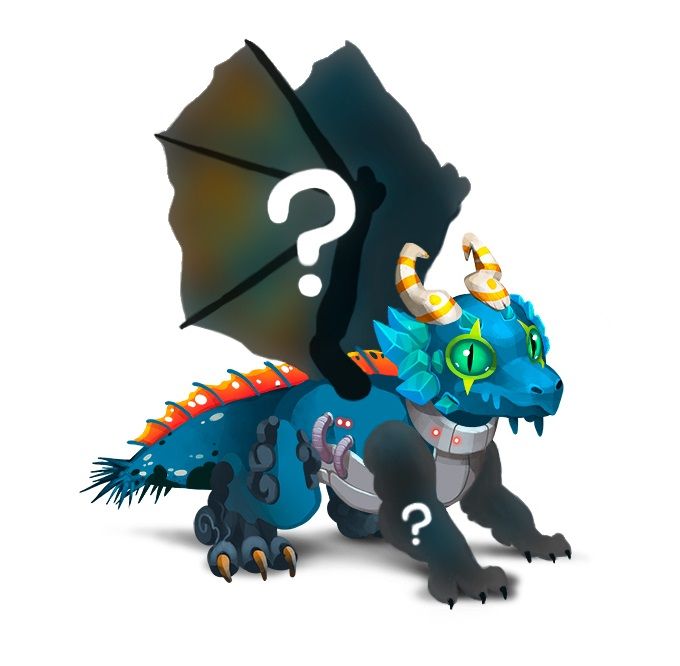
Inbreeding effects
The interbreeding of two close relatives has negative consequences for the offspring. The possibility of negative mutations increases drastically, thus the offspring might have higher chances of receiving the worst genes for this dragon type.
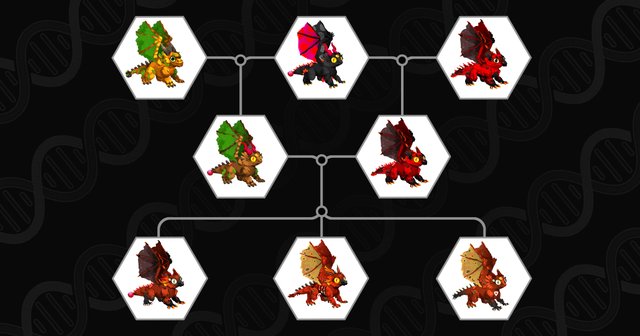
As a rule, chances of negative mutations are:
- Very high for first generation relatives
- High for relatives who have one common relative
- 50/50 for other relatives in second and third generations. Chances of negative mutations might increase if these dragons have several close relatives.
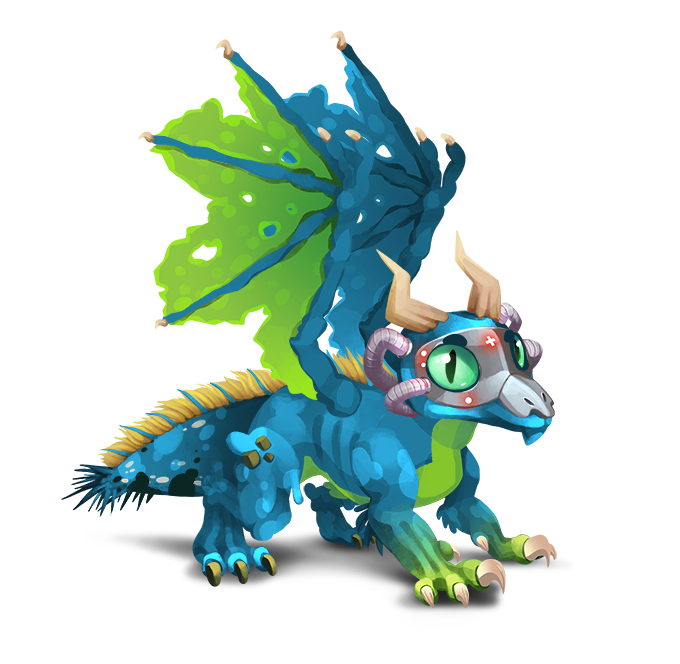
Dragonereum computes and stores all breeding data on the blockchain — which creates a strong foundation to the game, along with the ability to add new features subsequently.
Liked this post? Visit our website, follow us and share it.